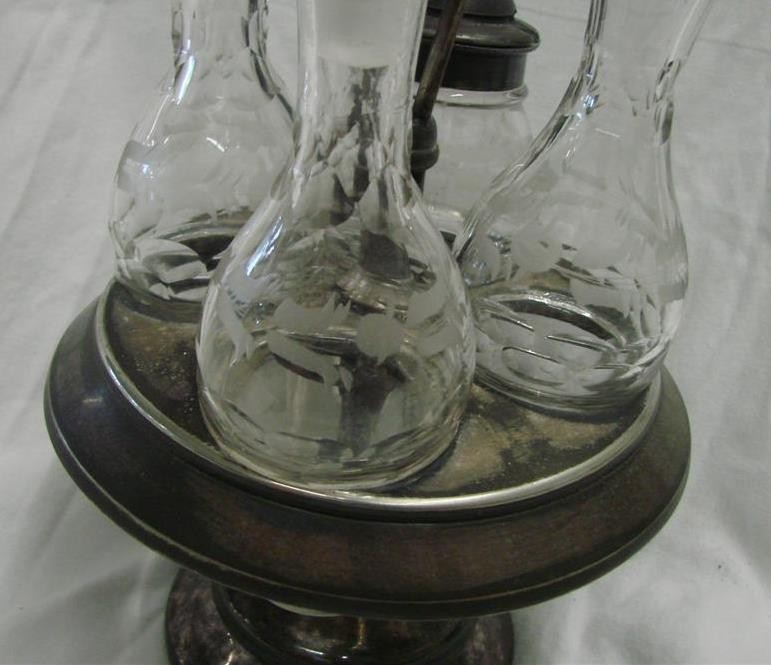Tankards, sauceboats, mugs and jugs are highly popular with today’s collectors. Most of them date from the 18th century or later and many factors can affect their value, so make sure you know what you’re looking for in terms of style, decoration and any possible alterations.
A huge variety of cups, tankards and jugs have been made over the centuries. Although silver is relatively robust, jugs and mugs have often been well-used and condition is important to value – so examine pieces carefully before buying.
Other factors that affect their value are common to any type of silver – namely quality, date and maker. You’ll find that a mug marked by a known maker will invariably cost more than an unmarked one, and elaborate decoration will also raise the price. Be careful, though: many once-plain 18th-century tankards (lidded mugs) were elaborately decorated in the Victorian period and are less desirable than plain pieces in original condition.
Mugs
Made from the late 17th century. Early mugs mirror the shapes of pottery, with bulbous bases and slender necks. Those made in the early 18th century had straight tapered sides; later the baluster shape became popular (see main picture, above). Mugs became fashionable as gifts in the 19th century.
What to look for:
- Marks – in pieces made up until the end of the 18th century, marks will be found in a group under the base; later pieces are marked in a line by the handle.
- Check handles and rims for signs of weakening or splitting.
- Examine sides for signs of erased armorials (engraved designs showing a crest or coat of arms).
Tankards
Most date from c.1600 to 1780. Made for drinking ale, they became less prevalent as wine and spirits became more popular. Georgian tankards are usually plain, some have armorials. Tankards made in the 19th century (often for presentation) were usually very elaborate.
What to look for:
- Marks – on one side of body or base and on lid. Earlier tankards have marks in a line on top of the lid; later they’re in a group inside.
- Check handle sockets, as they may have become weak.
- Examine thickness of cover. If it’s domed and thin, it may have been reworked from a flat lid.
Jugs
Made from the 16th century for shaving or for serving liquids such as beer, wine, water, milk or cream. Earlier jugs occasionally had hinged lids, but by the mid-18th century many small open jugs on three legs were made for serving milk or cream.
What to look for:
- Marks – should be on the base or on the body near the handle or under the spout. Lidded jugs should have a full set of marks on the body and a maker’s mark and lion passant only on the lid. A full set of marks on the lid means it was probably once a tankard.
- Beware of soldering around the spout – it could indicate a less valuable conversion
Sauceboats
Earliest examples date from c.1710 and have a spout at each end and two handles on either side of the centre. Later, shallow jug-like sauceboats with central pedestal feet were popular. Three small feet were used in mid-18th century, after which central bases returned to favour.
What to look for
- Marks – usually underneath in a straight line; those made in the 1770s sometimes have marks under the lip.
- Check legs aren’t bent or pushed through the body.
- Examine handles, as they can be vulnerable to stress.
- Look at the rims. Those without applied borders can split.


















